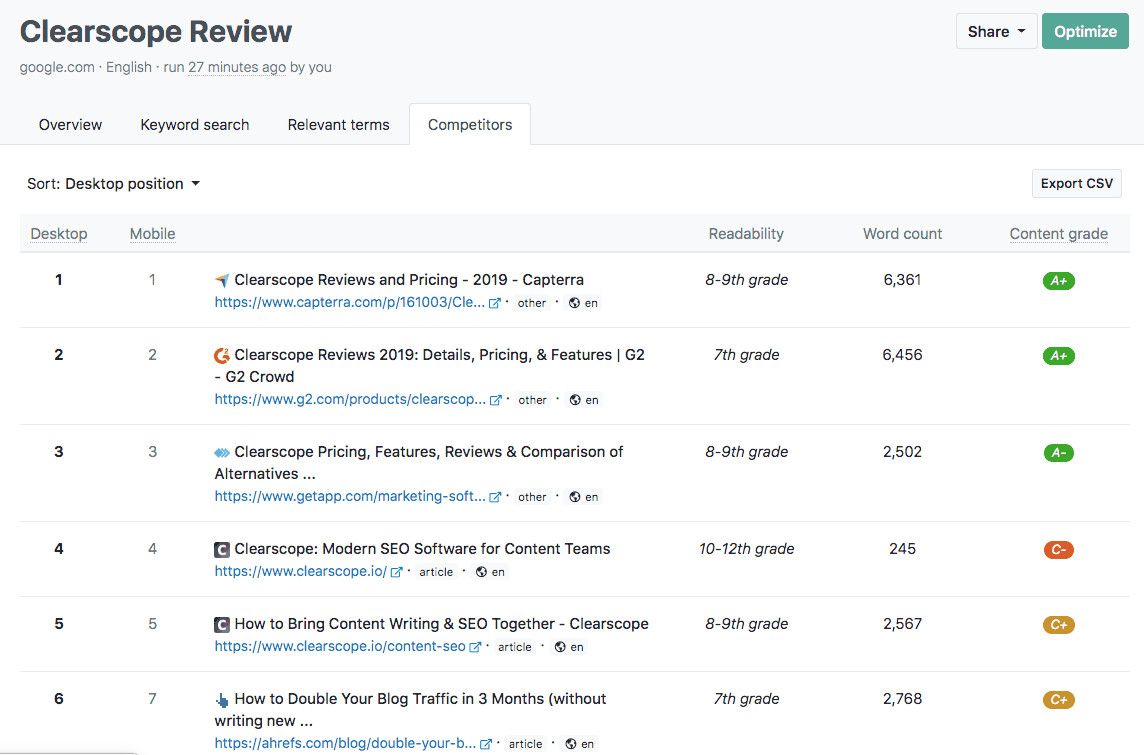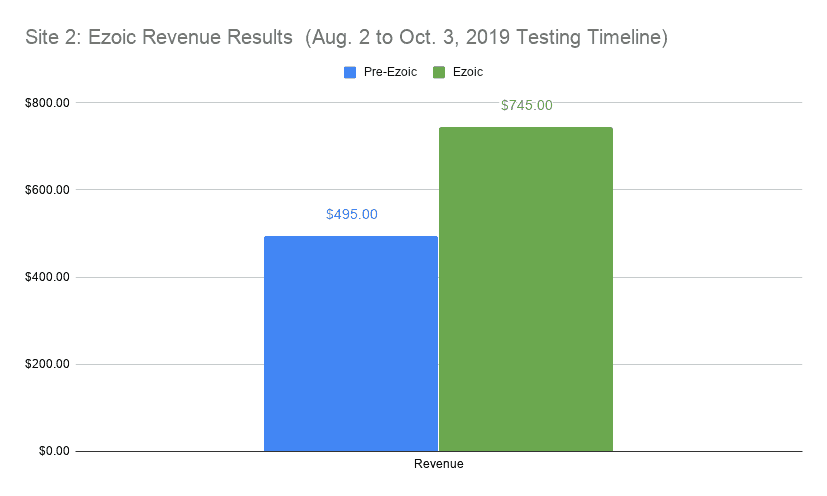20 years ago I decided to start running. I’m not sure why but I guess I thought it would be cool to be able to run, burn calories like a brush fire and get all lean n’ stuff.
I bought new sneaks and hit the pavement. I remember this distinctly because it was during summer in Michigan where it get humid. I panted my way throughout the burbs where I was living at the time.
I huffed and puffed all summer until lo and behold I could actually run a full hour without collapsing.
I was a runner.
Problem was I hated it.
I dreaded each session.
I looked forward to my off days where I’d go on a walk.
It then occurred to me, “life is too short to spend so much time doing something I don’t like doing.”
Walking was enjoyable. Certainly easier and it was healthy.
Every walker who doesn’t run hangs their hat on the “low impact” nature of walking to justify not entering the big leagues of running. At least I do and am proud of it.
I quit running and took up a walking regimin. Actually, it’s hardly a regimen. I went on walks regularly. I still do several times per week. That’s the extent of my routine cardio.
I admit it; I took the easier, softer way.
The same thing happened with weight lifting.
As a teenager I lifted weights for hours on end.
Somewhere in my 20’s I couldn’t do that anymore. I liked the results, but didn’t care enough to spend all that time in a gym.
So I made a change that I do to this day.
Instead of one hour, I created a super fast 15 to 20 minute super circuit program I follow to this day. I do it once or twice a week. That’s it. I don’t break a sweat. I don’t have to change – I’m in and out inside 20 minutes.
Am I jacked? Nope.
Am I reasonably healthy? Yes.
I don’t break a sweat. I keep it it short. I enjoy walking and circuit training so I’m consistent as in I do it week-in and week-out. Overall it’s simple and I’ve stuck with it.
And that’s where this little trip down my fitness memory lane ties into Clearscope.io, an SEO tool I started using 2 months ago.
Clearscope is ridiculously simple and fast to use which means I actually use it.
Is it perfect?
I doubt it.
But it helps as long as I and my writers use it.
Let’s dive into my Clearscope review.
Overview
Overview
-
Features
-
Ease-of-Use
-
Price
-
Customer Support
What is Clearscope.io?
Clearscope.io is a content optimization tool that makes suggestions such as related semantic keywords aimed to improve your individual pieces of content and content strategy so it has a better chance of ranking high up in Google search (i.e. SERP). It’s similar to MarketMuse but costs less. It works for pretty much any kind of content you want to rank in search.
In a nutshell it reverse engineers your content based on the keyword you input against the top ranking 30 articles for that keyword. It then suggests terms, word count and phrases you should add in order to have more thorough content than the already ranking content.
Logically, it’s a good idea.
At least I think so… so much so I pay $6.00 per report and I run a ton of reports every month.
It’s not cheap, but it’s not the most expensive
Before paying for Clearscope I tried several similar software services. Years ago I used MarketMuse which is awesome but frightfully expensive. I also tried several other lower priced options – most offered a free trial. Nothing fit the bill until I used Clearscope. For me, it offers the perfect mix of simplicity and features.
Who is Clearscope for?
Anyone who wants more organic traffic from Google search could benefit it. The more content you publish the more it helps IMO because it dramatically speeds up content optimization. Content publishers, content marketers, small business owners… anyone who wants that coveted SEO traffic.
Pros
Ease-of-use
It really doesn’t get easier. You input your keyword. Run the report. Insert your content. Check the score and add the suggested keywords/phrases to your article until you hit your desired score.
I shoot for A- or better.
Based on sound concept
Conceptually it’s not rocket science but makes sense to me. It assumes that if you incorporate the important terms and keywords that are used in already top ranking content, your article stands a better chance of ranking well. There is of course, no guarantee. You’re striving to improve your search engine ranking odds.
Easy to have your writers use it directly
Because you can add users to the account, you can have your writers use it as well. I do. Entire content teams and freelance writers can use this software. I have my entire internal team at Content Development Pros use this for every article they produce. Instead of griping or objecting, they welcomed this software and have since told me they really like it because it helps them structure, organize and research the content needed for my articles. I loved hearing that and I agree – not only does Clearscope help with inserting important words and phrases, it helps with organizing content. For example, some suggested topics require an entire section added to the article which is great. For other terms, they need only be inserted somewhere that it makes sense.
The price is decent
It’s still expensive. I think if MarketMuse wasn’t totally outrageous with its pricing, Clearscope might be less expensive. IMO, Clearscope is as good as MarketMuse based on my limited use a few years ago, except it costs much less and Clearscope doesn’t require a 12-month commitment. You can stop paying any time. That said, $6.00 per report works out to adding $6.00 to the cost of every article which isn’t peanuts. It adds up.
Customer Support
The team behind Clearscope is lean to keep costs down but they are very good with customer support. I’m talking same-day responses – often same hour. That said, the software is so easy to use and it’s glitch free that the only time I contact support is to add more reports to my monthly allotment.
Saves reports
I love this feature especially since I have several writers using it. I can assess their use of the software to ensure they’re getting good scores for the content they deliver.
Readability score
As you’ll see in the example below, this software also provides a readability score which can be helpful. You can instruct your writing team and freelancers to hit a particular score.
Saas
I love that this is not a plugin but instead operates on the cloud as SaaS software. It’s fast as a result and doesn’t add yet another plugin to my sites.
Cons
Package options limited
For now, you have to pay upfront for a certain number of reports. I’m getting 80 per month. The problem with this is sometimes I don’t use them all (wasted money). Other times, I run out and need to email support to top a few more (I never know how many more I need). I’m told that in due course there will be an option to add reports as-needed which will be excellent so I neither waste money nor run out.
Difficult to determine whether it’s effective
I can’t empirically prove that Clearscope helps my content rank because there are so many factors in SEO that it would be ridiculous for me to say “yes, Clearscope added 50,000 monthly visitors to my website.” I can’t make that claim. All I can say is that given the concept behind the software and my understanding of publishing content that ranks in search engines (not that I’m an expert), it’s my view that using Clearscope can help improve SEO rankings. Take that as you will.
Doesn’t work in WordPress backend
While it works in Google Docs and in the Clearscope dashboard, it doesn’t work from the content in the WordPress backend which would save time from copying and pasting content over and over as content is improved. This is a very minor issue, but it would be nice if it worked directly in the visual editor in WordPress.
How to use Clearscope (Step-by-Step Tutorial)
Here’s a series of screenshots stepping you through the simple process of improving content with Clearscope.
Step 1: Generate a report based on a keyword
The example I step you through uses this very article. The target keyword for this article is “Clearscope Review”.
Step 2: Click the report name (keyword) to enter content analysis area
Step 3: Insert a piece of content and generate initial score and suggested terms to add
FYI, we usually write the entire article from scratch and then insert it into Clearscope and improve from there. I like writing with no influence and then flesh it out. Here’s an example of this Clearscope review inserted once it was about 2/3 written. It’s a bad start, but I’ll get it up to snuff.
Step 4: Continue improving content until desired score achieved
You can improve the content in real-time in the Clearscope visual editor or work in your usual editor and then copy and paste. I typically work in WordPress backend and then copy and paste into Clearscope to see how I’m doing.
The following final score took an additional 15 mintues for this review which isn’t bad. I went from C- to A.
Clearscope benefits
Speeds up optimizing content
I could spend loads of time trying to figure out what relevant terms and content to add or I can take a few minutes with Clearscope and do it. Like my workout regimen, I opt for faster and easier.
Helps with content creation and structure
Usually one or a few suggested terms requires another entire section to the article, which is great. This is when it’s super helpful because it’s actually helping me and my writers with the writing process and ultimately my content marketing efforts.
Helps produce better quality content for SEO purposes
I’ll be honest. Sometimes I just slam in the suggested words where they’ll fit and call it a day. This doesn’t improve the article for users but in theory it helps for search traffic. After all, SEO serves a computer and if inserting another 15 terms helps the computer get a better understanding of what my content is about and improves search intent, so be it.
Great for content and site audits
I’m also using Clearscope for updating older content. I run the existing article in Clearscope and use it to make it better.
Other SEO tools included
Clearscope comes with some other tools but I don’t use them. I use Ahrefs for the other stuff it offers. If you use SEMrush you might prefer using that.
Here are screenshots of other tools included:
Overview screen
Keyword search volume data
It includes keyword research tools but I typically do all this in Ahrefs.
Relevant keywords to the seed keyword you input (in my case “Clearscope Review”)
Competitor analysis for keyword
This is the most helpful additional report – which lets you see what kind of score you should shoot for to rank #1 (assuming the data Clearscope provides is accurate).
My Favorite Feature
My favorite feature is actually twofold.
I like the simple score it assigns … the letter grade. I then like the list of suggested terms to add. That’s pretty much all I use and for me and my team it’s worth those two features.
Is Clearscope worth it?
IMO it is. My writers find it helpful. I find it helpful when improving older content and writing new content. I’ve used it for 2 months now and it’s been a good content enhancing SEO tool.

Jon Dykstra is a six figure niche site creator with 10+ years of experience. His willingness to openly share his wins and losses in the email newsletter he publishes has made him a go-to source of guidance and motivation for many. His popular “Niche site profits” course has helped thousands follow his footsteps in creating simple niche sites that earn big.















I can’t seem to find the $6/report option, John…
Mark, it is $300/mo for 50 reports… That breaks down to $6 ea.
Hmm, it would probably be cheaper to use SemRush content template tool which analyzes Top 10 competitors and suggest the kws as well.
If you’re interested in a comparable tool to Clearscope but are concerned about price, check out Topic (usetopic.com). It’s $200/mo for 50 reports and is just as intuitive to use.